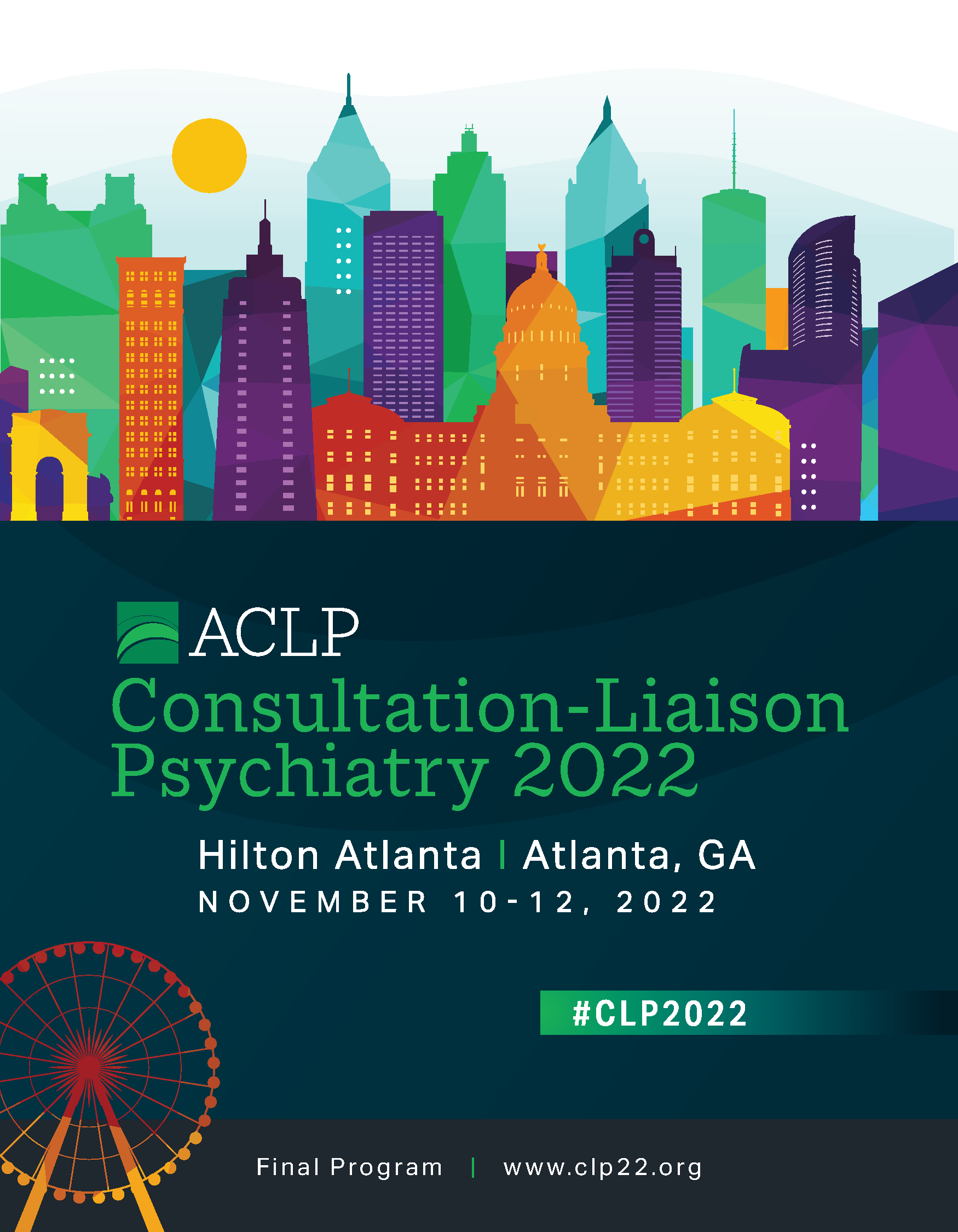Back

Neurocognitive Disorders, Delirium and Neuropsychiatry
Poster Session
(102) Validation of Cerebral State Monitor Frequency Power Ratios for Detection of Delirium

Abstract:
Background:
The detection of delirium in hospitalized patients remains an important clinical concern. Underrecognized and undertreated delirium is associated with longer length of stay, prolonged cognitive impairment after discharge, and increased long-term mortality. Current screening tools such as the Confusion Assessment Method (CAM) have limited validity in busy clinical settings. Over the past five years, significant advances have been made in biomarker-based detection methods for delirium, using both experimental and FDA-approved cerebral state monitors (CSMs) that record bedside electroencephalography (EEG). Our research team has previously shown that density spectral array (DSA) data from commercially available CSMs can differentiate delirious and non-delirious patients using non-proprietary algorithms (1). High delta, low alpha/high delta, and low theta/high delta ratios were found to be significantly associated with delirium (p=.011, p=.032, p=.017, respectively). However, results require validation in larger sample sizes.
Methods:
In this interim analysis of data from an ongoing study protocol, delirious and nondelirious participants are recruited from medically hospitalized patients receiving psychiatric consultation at the University of New Mexico Hospital. 3D-CAM is obtained before monitoring with a Masimo CSM for ten minutes with eyes closed. Four-channel frontotemporal raw EEG data is collected to generate frequency spectrograms with the freely available MATLAB-based program, Brainstorm. Power values are extracted for low/high alpha, beta, theta, and delta frequency bands in each channel; mean frequency band power and ratios are calculated. EEG variables are compared between groups using Mann Whitney U tests to assess for association with delirium. Receiver-operator curves are calculated to determine cutpoints with maximum sensitivity and specificity for 3D-CAM and significant EEG variables.
Results:
We will report updated results from the data set at the Annual Meeting. We hypothesize that EEG power in the high delta range will be able to differentiate delirious from nondelirious patients with superior sensitivity and specificity compared to 3D-CAM.
Discussion:
As delirium develops, the EEG reflects diminution of alpha power and increases in theta and delta power. The ongoing work by several research groups indicate significant promise for CSMs to collect and interpret EEG data quantitatively at the bedside to identify delirium rapidly and improve clinical outcomes. Factors such as brain lesions, advanced age, agitation, and EEG-altering medications may be confounds that require studies with large numbers of diverse clinical populations to fully validate this technology.
Conclusion:
Once validated, a Masimo CSM could improve upon the detection of delirium in hospitalized patients and serve as a widespread objective screening tool.
Reference:
1. Luo, A., Muraida, S., Pinchotti D et al. Bispectral Index Monitoring With Density Spectral Array for Delirium Detection. Psychosomatics 2020; S0033-3182(20)30242-5.
Background:
The detection of delirium in hospitalized patients remains an important clinical concern. Underrecognized and undertreated delirium is associated with longer length of stay, prolonged cognitive impairment after discharge, and increased long-term mortality. Current screening tools such as the Confusion Assessment Method (CAM) have limited validity in busy clinical settings. Over the past five years, significant advances have been made in biomarker-based detection methods for delirium, using both experimental and FDA-approved cerebral state monitors (CSMs) that record bedside electroencephalography (EEG). Our research team has previously shown that density spectral array (DSA) data from commercially available CSMs can differentiate delirious and non-delirious patients using non-proprietary algorithms (1). High delta, low alpha/high delta, and low theta/high delta ratios were found to be significantly associated with delirium (p=.011, p=.032, p=.017, respectively). However, results require validation in larger sample sizes.
Methods:
In this interim analysis of data from an ongoing study protocol, delirious and nondelirious participants are recruited from medically hospitalized patients receiving psychiatric consultation at the University of New Mexico Hospital. 3D-CAM is obtained before monitoring with a Masimo CSM for ten minutes with eyes closed. Four-channel frontotemporal raw EEG data is collected to generate frequency spectrograms with the freely available MATLAB-based program, Brainstorm. Power values are extracted for low/high alpha, beta, theta, and delta frequency bands in each channel; mean frequency band power and ratios are calculated. EEG variables are compared between groups using Mann Whitney U tests to assess for association with delirium. Receiver-operator curves are calculated to determine cutpoints with maximum sensitivity and specificity for 3D-CAM and significant EEG variables.
Results:
We will report updated results from the data set at the Annual Meeting. We hypothesize that EEG power in the high delta range will be able to differentiate delirious from nondelirious patients with superior sensitivity and specificity compared to 3D-CAM.
Discussion:
As delirium develops, the EEG reflects diminution of alpha power and increases in theta and delta power. The ongoing work by several research groups indicate significant promise for CSMs to collect and interpret EEG data quantitatively at the bedside to identify delirium rapidly and improve clinical outcomes. Factors such as brain lesions, advanced age, agitation, and EEG-altering medications may be confounds that require studies with large numbers of diverse clinical populations to fully validate this technology.
Conclusion:
Once validated, a Masimo CSM could improve upon the detection of delirium in hospitalized patients and serve as a widespread objective screening tool.
Reference:
1. Luo, A., Muraida, S., Pinchotti D et al. Bispectral Index Monitoring With Density Spectral Array for Delirium Detection. Psychosomatics 2020; S0033-3182(20)30242-5.

Davin Quinn, MD FACLP
Professor of Psychiatry
University of New Mexico Health Sciences Center
Albuquerque, New Mexico, United States

